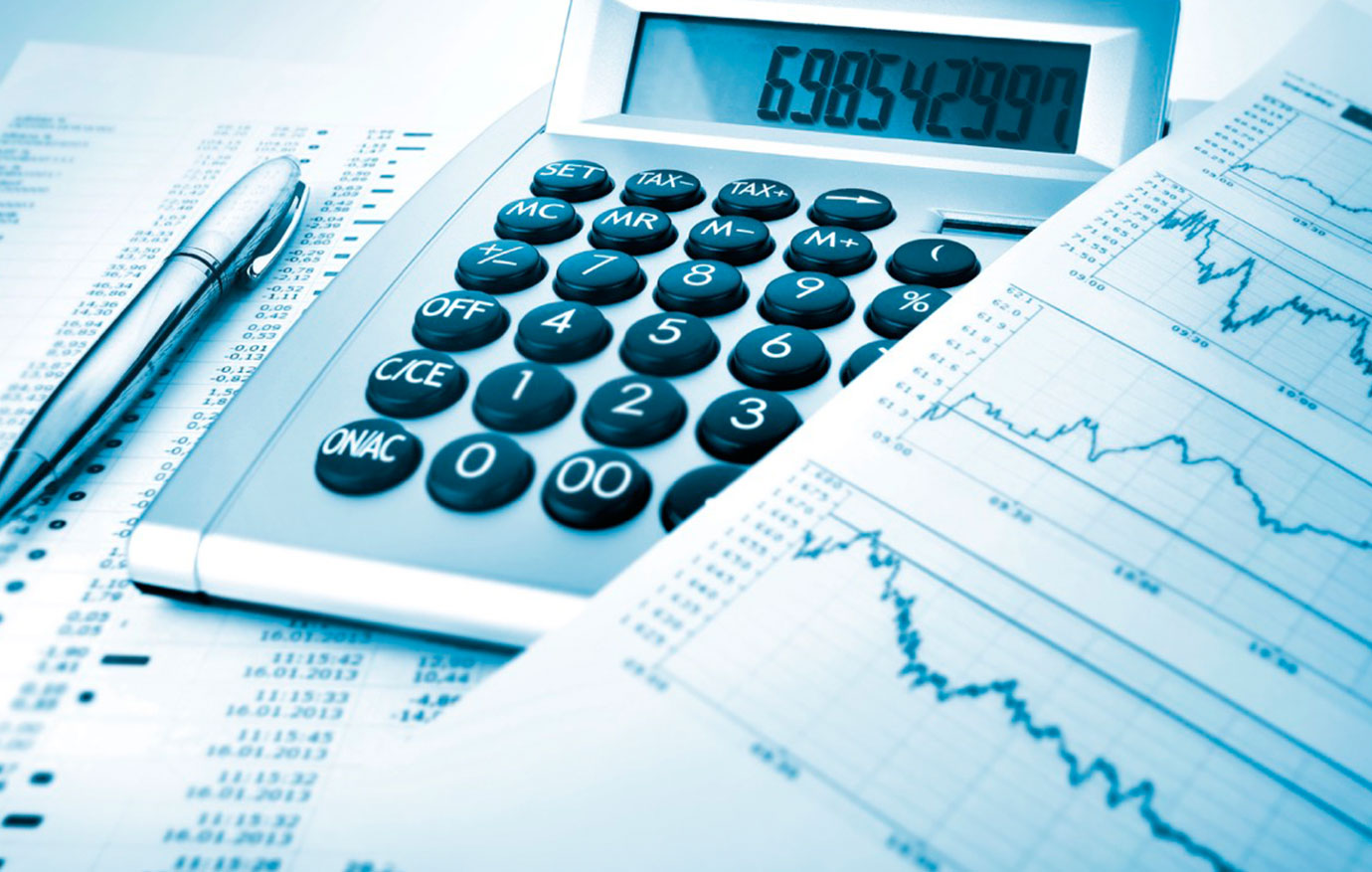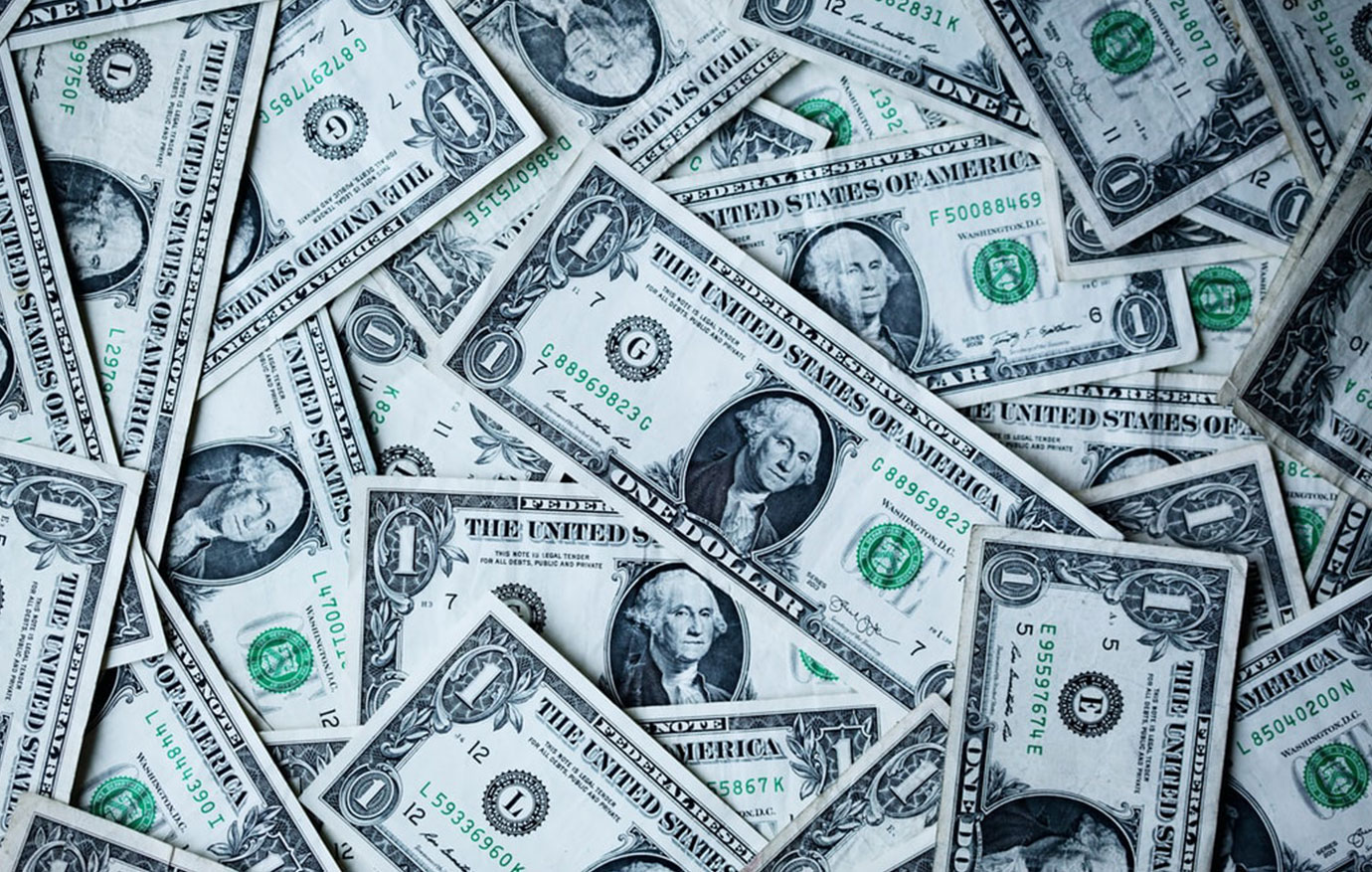
According to the post-Keynesian School of Economics economist Hyman Minsky, the capitalist economy has an inherent tendency to develop instability that culminates in a severe economic crisis. The key mechanism that pushes the economy toward a crisis is the accumulation of debt.
According to Minsky, during “good” times businesses in profitable sectors of the economy are rewarded for increasing their debt levels. The more one borrows, the more profit one seems to make. The rising profit attracts other entrepreneurs and encourages them to raise their debt levels.
Since the economy is doing well and borrowers show visible improvements in their financial health, lenders are more eager to lend. Over time, however, the pace of debt accumulation starts to rise much faster than the borrower’s ability to repay and serve the debt. It is at this stage that the foundation for an economic bust is set.
Minsky distinguishes between three types of borrowers. The first type he calls hedge borrowers, who can meet all debt payments from their cash flows. The second type are speculative borrowers, who can only meet interest payments but must constantly roll over their debt to repay the original loan.
Minsky labels the third group as Ponzi borrowers, who can repay neither the interest nor the original loan. These borrowers depend upon the appreciation of their assets’ values to refinance their debt.
These classifications describe what Minsky calls the financial instability hypothesis. According to the financial instability hypothesis, the financial structure of the capitalist economy becomes increasingly fragile during a period of prosperity. The longer the period of prosperity, the more fragile the system becomes. According to Minsky, “In particular, over a protracted period of good times, capitalist economies tend to move from a financial structure dominated by hedge finance units to a structure in which there is large weight to units engaged in speculative and Ponzi finance.”
The financial instability hypothesis also posits that during good times, banks and other intermediaries try to lure investors to buy the debt by means of sophisticated innovations. Minsky labeled them as “merchants of debts.”
The chase to make more profits causes investors in financial markets to place their money in financial instruments that have very little substance but are attractively packaged. However, once economic conditions change, the true state of many borrowers surfaces, leading to a crisis. Lenders curtail their supply of funds, and borrowers are pushed to bankruptcy for they cannot renew their borrowing to pay debts with a financial crisis emerging.
According to Minsky, as time goes by, both borrowers and lenders tend to become reckless, leading to a financial crisis. However, why should it be this way?
Does the Expansion of Credit Lead to Instability?
Loaned savings are the key for economic expansion. Savings fund the production of tools and machinery, permitting the expansion of final goods. This expansion, in turn, permits a further increase in savings that supports building a more sophisticated production structure.
The introduction of money does not alter this process. Individuals can use money to channel savings, which permits widening the wealth-generation process. Whenever someone lends money, the borrower can obtain consumer goods that will support him while he is producing goods and services.
In the above example, the expansion of credit due to the increase in savings cannot be bad for the economy. On the contrary, such credit, when fully backed by savings, leads to economic growth. The expansion of fully backed credit does not result in the good times being a precursor of bad times. Contrary to Minsky, the accumulation of capital makes the economy more robust and less vulnerable.
Unbacked Credit and Economic Instability
Trouble, however, erupts when savings do not back up lending. The borrower, holding the empty money, exchanges it for final consumer goods, taking from the pool of savings without any additional savings taking place. The actual wealth producers who have contributed to the pool of consumer goods—the pool of savings—will discover that the money in their possession over time allows them to purchase a smaller amount of consumer goods. The reason is that borrowers have consumed some of the consumer goods, diverting wealth (consumer goods) from wealth-generating activities toward the holders of money, which emerged out of thin air.
As the pace of unbacked credit expands relative to the supply of savings, less money becomes available to genuine wealth generators. Consequently, less savings means less wealth. In an extreme case, if everybody were to just consume without contributing to the pool of savings, no one would eventually be able to consume.
Free Market Economy and Unbacked Credit Expansion
In a free market economy, intermediaries such as banks will have difficulty expanding unbacked credit, since banks are likely to encounter difficulties honoring their checks because of the unbacked-by-savings lending. The threat of bankruptcy is likely to deter banks from pursuing the expansion of unbacked credit.
Hence, there is no inherent tendency in the capitalist economy to generate unbacked credit that will destabilize the economy. In the modern capitalist economy, what enables banks to engage in the reckless expansion of credit that makes the capitalist system unstable is the existence of the central bank.
The central bank makes it possible for banks to engage in the expansion of unbacked credit. At the end of the day during clearance time, if Bank A is short fifty dollars and cannot settle a claim from Bank B, it can sell some of its assets to the central bank for cash, thus preventing Bank A from being “caught.” Bank A can also secure the fifty dollars by borrowing them from the central bank. Where does the central bank get the money? It actually generates money out of thin air.
The modern banking system can be seen as one huge bank, which is guided and coordinated by the central bank. Banks in this framework can be regarded as branches of the central bank. By means of monetary injections, the central bank makes sure that the banking system is “liquid enough” so banks will not bankrupt each other.
While Minsky’s framework describes the present financial market volatility, it doesn’t provide any satisfactory explanation based on previously established and identified phenomena. Hence, Minsky’s framework describes but does not explain. It arbitrarily puts the blame for instability on the capitalistic economy without establishing verification for this claim.
Contrary to Minsky, we have to conclude that there is nothing wrong with capitalism. To avoid the menace of boom-bust cycles, what is needed is to close all the loopholes for creating money out of nothing. Not so, argues Minsky and the post-Keynesian School of Economics. On the contrary, they hold that any attempt to revert to a proper free market laissez-faire economy is a prescription for economic disaster.
This response is not surprising since Minsky accepted beforehand that capitalism is unstable and hence never questioned this premise. For Minsky, the only way to fix supposedly unstable capitalism is through a larger dosage of government and central bank interference with the economy.
Conclusion
Contrary to the post-Keynesian School of Economics and Minsky, the existence of the central bank makes the present economic framework unstable. In addition, it is not the expansion of debt as such that leads to instability but the expansion of credit.
It is through unbacked credit that savings are diverted from productive activities to nonproductive activities, which in turn weakens the process of wealth expansion. We can thus conclude that Minsky’s financial instability hypothesis does not establish that the capitalist system is inherently unstable. The instability that Minsky has identified has nothing to do with capitalism but rather with the central bank preventing the efficient functioning of capitalism.


